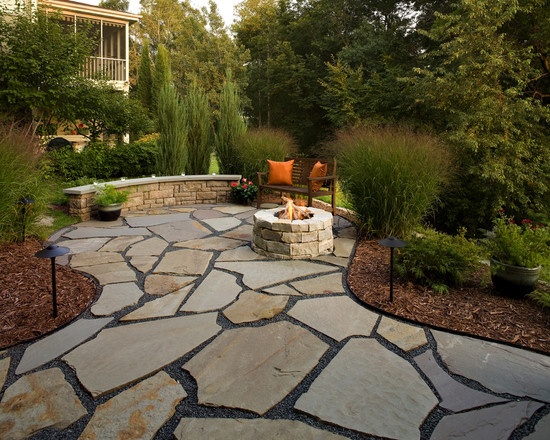Do pavers get hot? When planning your outdoor space—whether it’s a patio, pool deck, walkway, or driveway—comfort matters just as much as durability and design. A common concern many homeowners have, especially in warmer climates, is whether pavers get hot under the sun.
Let’s break it down.
Do Pavers Really Get Hot?
The short answer: yes, some pavers can get hot, especially when exposed to direct sunlight for hours. However, the degree to which they heat up depends heavily on the material, color, and surface texture.
Why Natural Stone Stays Cooler
If heat is a concern for your space, natural stone pavers are an excellent choice. Here’s why:
✅ Lower Heat Retention
Compared to concrete or brick, many types of natural stone—like travertine, limestone, and sandstone—naturally retain less heat. This makes them significantly more comfortable to walk on barefoot, even during the summer months.
✅ Light Colors Stay Cooler
Stones in lighter shades reflect more sunlight and absorb less heat. For example, light beige or ivory travertine tends to stay noticeably cooler than darker pavers or poured concrete.
✅ Porous Surface Advantage
Some natural stones, like travertine, have a porous structure that allows for air circulation and natural cooling, even after prolonged sun exposure.
What Affects Paver Temperature?
Several factors influence how hot your pavers will feel:
-
Material – Natural stone generally stays cooler than concrete or porcelain.
-
Color – Lighter colors reflect sunlight; darker colors absorb more heat.
-
Finish – Textured or tumbled surfaces often stay cooler than smooth, polished finishes.
-
Installation Location – Pavers in shaded or partially shaded areas will naturally stay cooler.
Ideal Pavers for Hot Climates
If you live in a warmer region, consider these natural stone options:
-
Travertine – One of the coolest-to-the-touch pavers available, especially in light finishes.
-
Limestone – A durable and cooler alternative with a soft, elegant look.
-
Sandstone – Porous and light in color, perfect for sun-drenched areas.
Tips to Keep Pavers Cool
Even if you choose heat-resistant materials, you can further reduce surface temperature with a few smart strategies:
-
Incorporate shade – Use pergolas, umbrellas, or landscaping to provide natural shade.
-
Mist the surface – A quick spray of water can cool pavers down immediately.
-
Install during off-peak sunlight – Orient patios or pool decks to minimize direct sun exposure.
Final Thoughts – Do pavers get hot?
Yes, pavers can get hot—but natural stone pavers offer a cooler, more comfortable alternative to other materials. If you’re designing an outdoor space where heat is a factor, investing in quality natural stone like travertine or limestone can make a noticeable difference in comfort and style.
Looking for the best pavers for hot weather?
Browse our in-stock collection of natural stone pavers, including cool-touch options perfect for patios, pools, and pathways.
Have questions? Contact our team today to find the perfect stone for your project.

